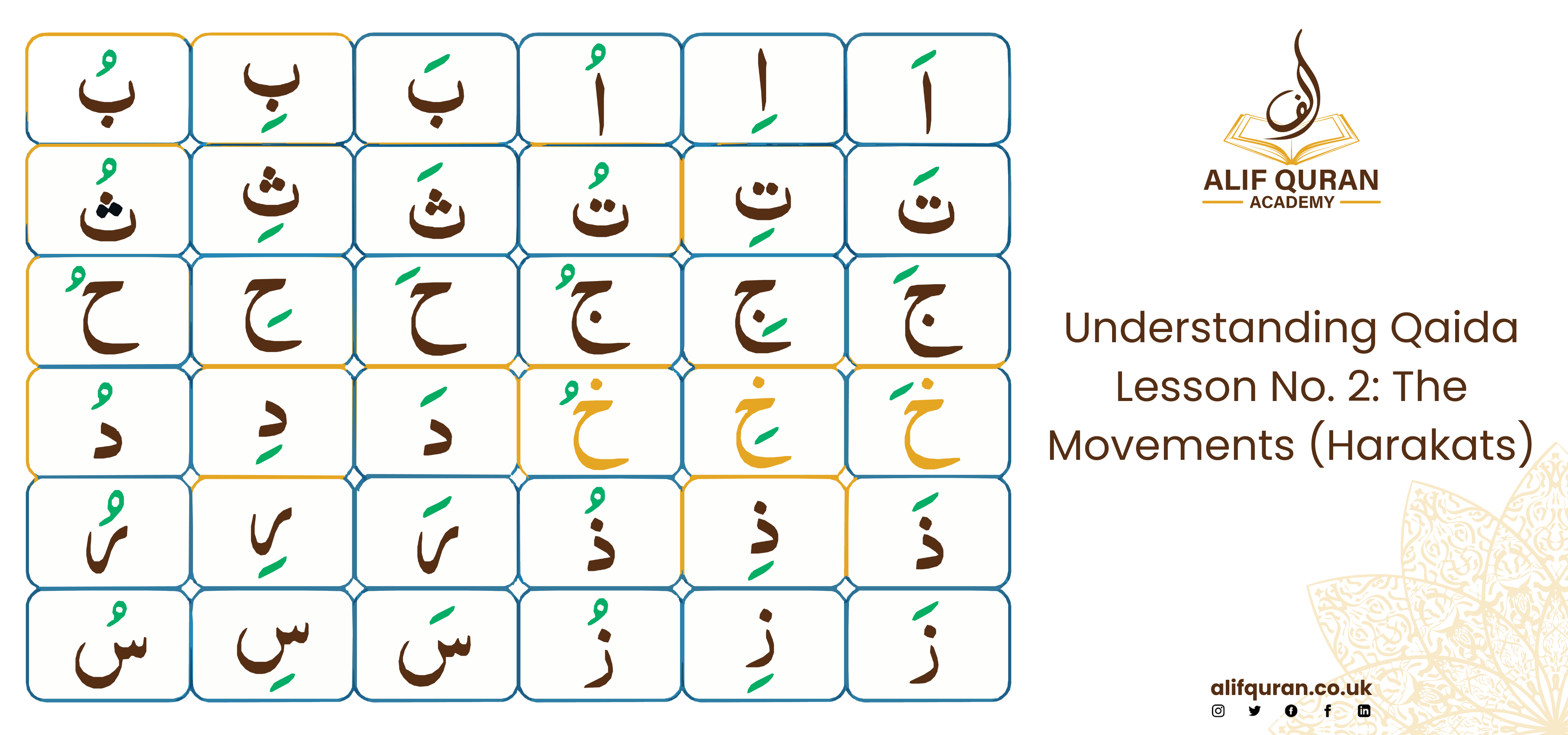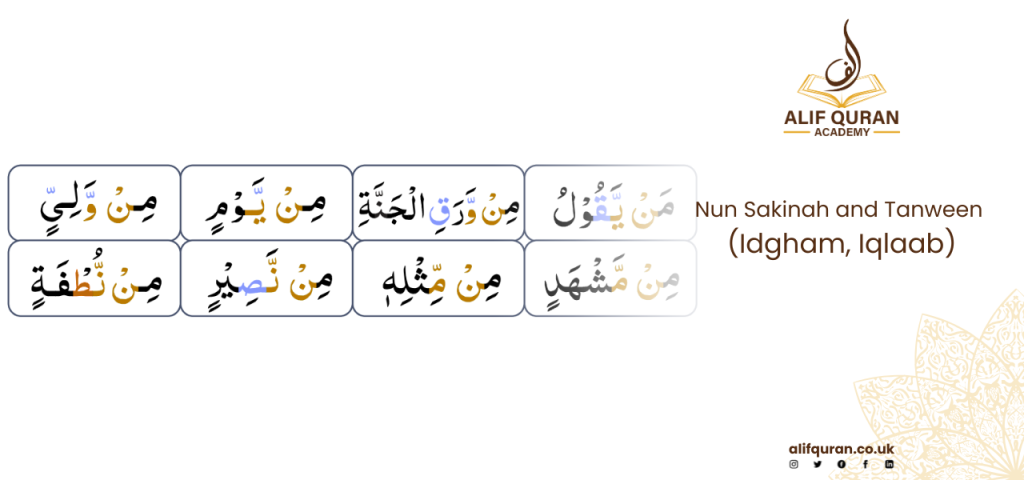
Understanding Qaida Lesson No. 2: The Movements (Harakats)
REALTED POSTS
Arabic Qaida - Movements
الحركات
Learn the essential Harakats (diacritical marks) that bring Arabic letters to life. These movements tell you exactly how to pronounce each letter!
What are Harakats?
Definition
Harakats (حركات) are diacritical marks placed above or below Arabic letters to indicate how they should be pronounced. They are the vowel sounds that make Arabic readable.
Without Harakats, Arabic letters are like consonants without vowels - you need these marks to know the complete pronunciation.
Why Learn Harakats?
Harakats are essential for:
- Correct pronunciation
- Reading Quran and religious texts
- Understanding Arabic grammar
- Building reading fluency
The 8 Essential Harakats
Fatha
فَتْحَة
Short "a" sound like in "cat"
Examples:
Kasra
كَسْرَة
Short "i" sound like in "bit"
Examples:
Damma
ضَمَّة
Short "u" sound like in "put"
Examples:
Sukun
سُكُون
No vowel sound (silent)
Examples:
Tanween Fath
تَنْوِين فَتْح
Double Fatha "an" sound
Examples:
Tanween Kasr
تَنْوِين كَسْر
Double Kasra "in" sound
Examples:
Tanween Damm
تَنْوِين ضَمّ
Double Damma "un" sound
Examples:
Shaddah
شَدَّة
Doubles the letter sound
Examples:
Practice Reading with Harakats
Simple Words
Complex Words
Important Rules & Tips
Reading Order
- Read the letter first, then the harakat
- Shaddah doubles the letter sound
- Sukun means no vowel sound
- Tanween adds "n" sound at the end
Practice Tips
- Start with simple 3-letter words
- Practice each harakat separately
- Read slowly and clearly
- Focus on correct pronunciation
Common Mistakes
- Ignoring sukun (silent letters)
- Not doubling shaddah letters
- Mixing up similar harakats
- Forgetting tanween "n" sound
Quick Exercise
Try to read these words with harakats:
Bismillahi'r-Rahmani'r-Raheem
(In the name of Allah, the Most Gracious, the Most Merciful)








